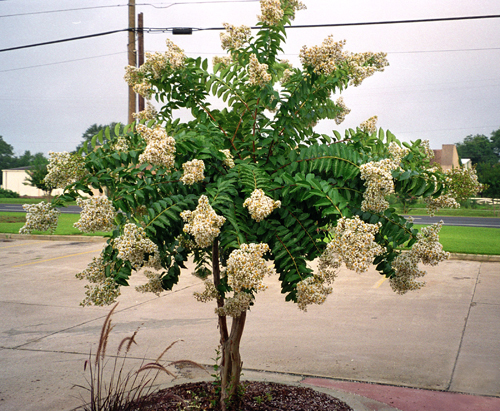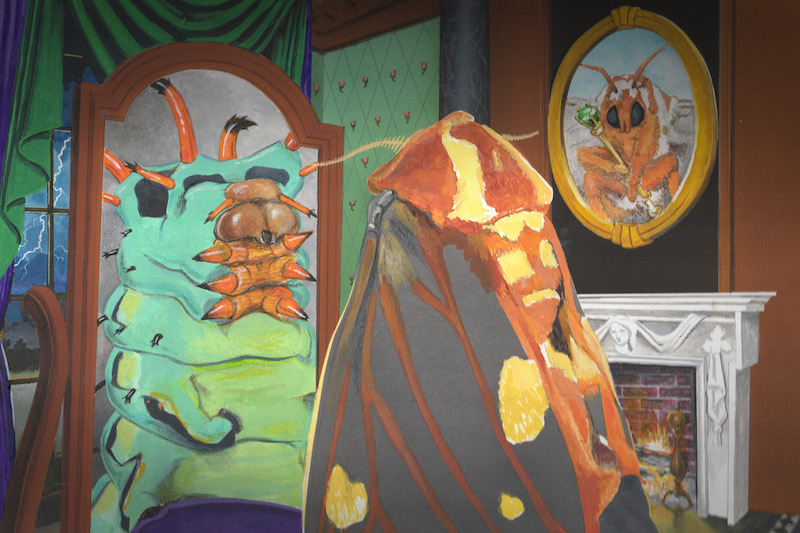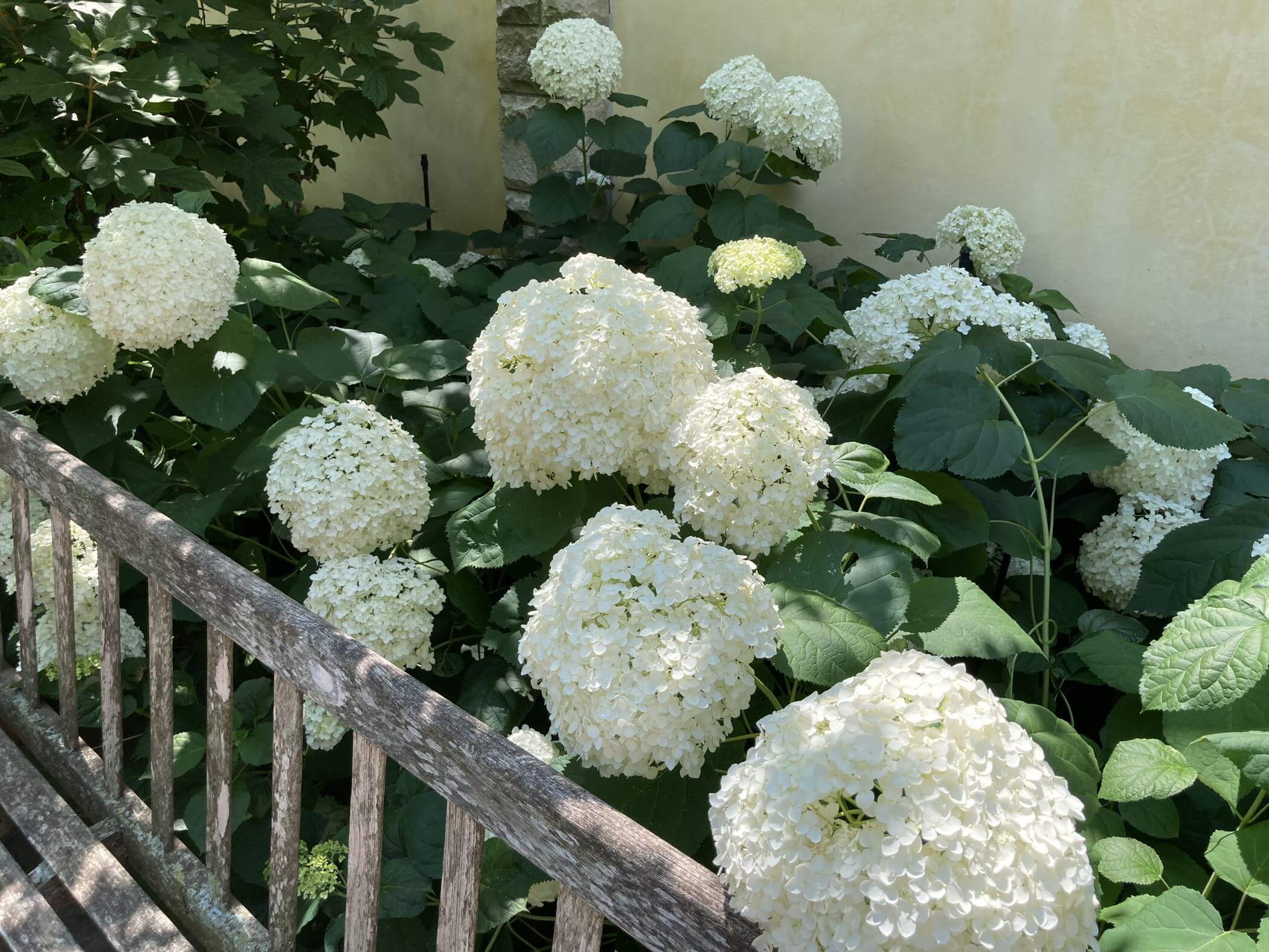Arbor Day isn’t until February, but now is the ideal time to add new trees to your landscape.
Trees planted in November and December have time to produce new roots before having to supply water to lots of thirsty leaves next spring. Planting now will mean lower maintenance time for the trees when spring does arrive.
If you are transplanting a small tree, fall planting is especially important since inevitably roots are damaged and lost when the tree is moved. By transplanting trees now, you assure the roots have adequate time to grow and repair themselves for spring. That strong root system increases your odds of successful transplanting.
Make a plan
When planting trees, advance planning and research can go a long way toward avoiding problems later. Many home landscapers rush out and buy a tree only to get home and discover there is no ideal spot for it in their landscape.
When selecting a tree species, evaluate the space in which it will be placed. Most trees should be planted at least 25 feet from the base of your home. Some should be planted up to 50 feet away, depending on their eventual height and width.
Other things to consider about your planting site are sun exposure, soil drainage and proximity of septic systems and utility lines (above, below and nearby). Do a thorough site assessment and call 811 (the Call Before You Dig hotline) several days before you begin your installation. They will mark your underground utilities for free and assure a safe digging experience.
Consider you purpose
Once you have evaluated your site, ask yourself a few questions and consider your needs and wants. Do you need a large shade tree? If you have plenty of space and sunlight consider a Yellow Poplar or Sycamore. Are you looking for a small specimen tree? If you have full sun, consider a Vitex (Chastetree) or for a shady spot select a Redbud. Do you want an evergreen tree that will provide color year round? Southern Magnolias and Hollies may fit the bill.
If you prefer a deciduous tree with showy flowers in the spring and brilliant color change in the fall, try a Red Maple or a Golden Raintree. If you seek screening for privacy, try and evergreen like Cherry Laurel, Holly or Wax Myrtle.
Trees to avoid
Several trees should be avoided due to their tendency to have weak structure, be messy in the landscape, prone to disease problems or just generally weedy. These include: Ailanthus, Boxelder, Bradford Pear, Chinaberry, Leyland Cypress, Mimosa, Paulownia, Siberian Elm and Silver Maple.
Plant it well
Proper planting technique can mean the difference between a flourishing tree and one destined to die. A common mistake is planting the tree too deep. This can result in root rot and a slow death.
Tree roots tend to spread out, more than down, so it is best to dig a hole that is about the same depth and at least twice as wide as the root ball.
Once the tree is placed in the hole, pack native soil firmly around the root ball. Add mulch around the base of the tree out to the drip line to prevent water loss. Expand the mulched area as the drip line expands each year. This will help with moisture retention in the root zone, prevent weed growth and protect the tree trunk and roots from mechanical injuries that can be caused by mowing or using a weed trimmer too close to the base.
Water your new tree and give it special attention for the first year. Fertilizer is unnecessary and can cause stress to the tree in the first year.








